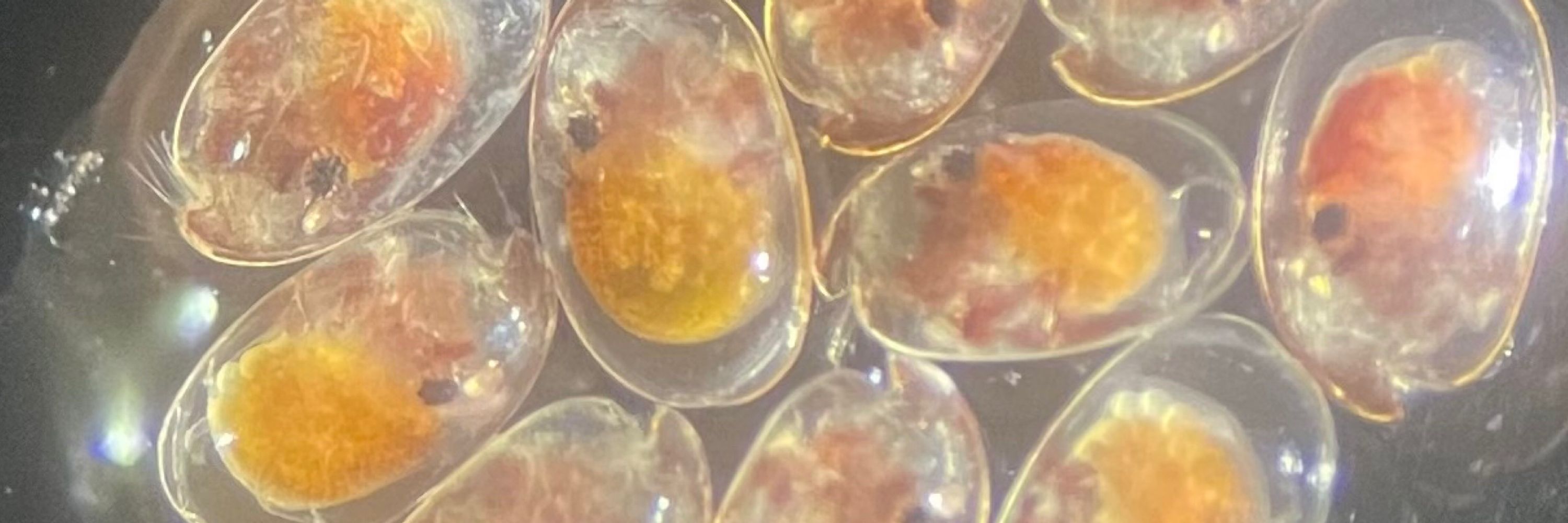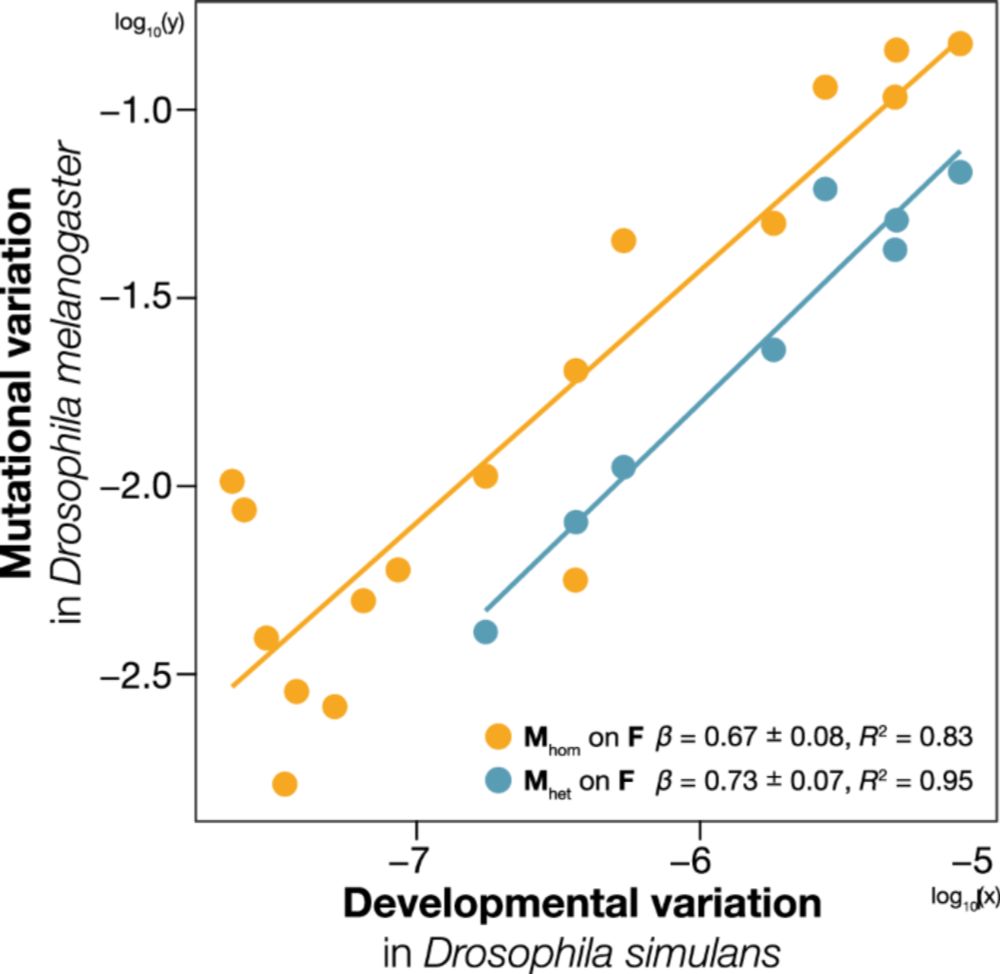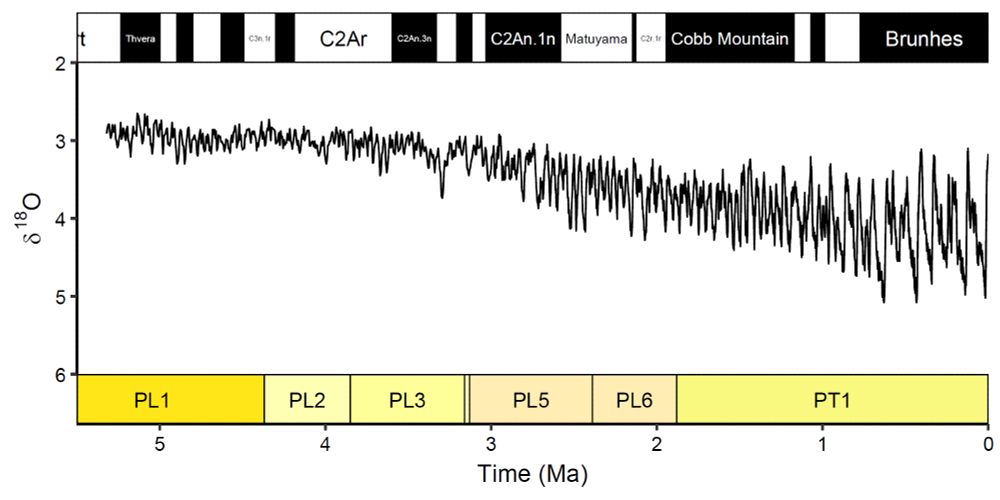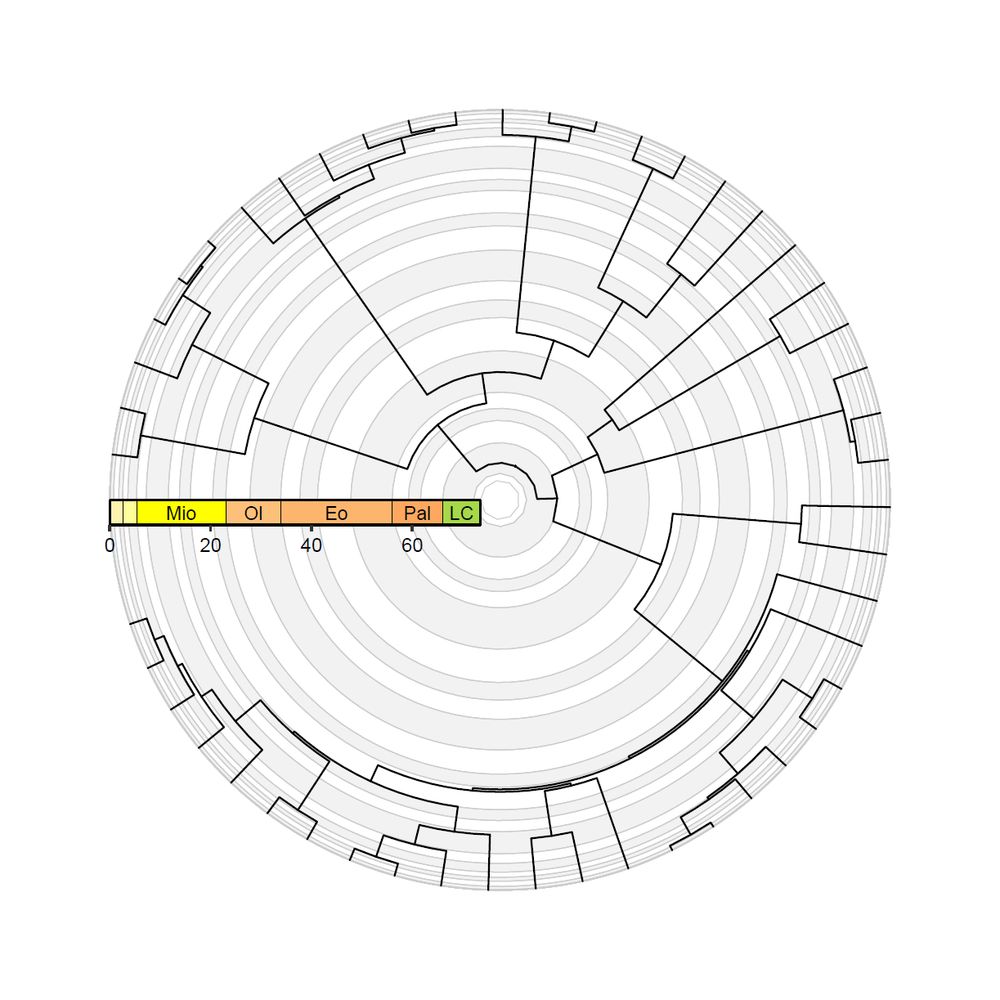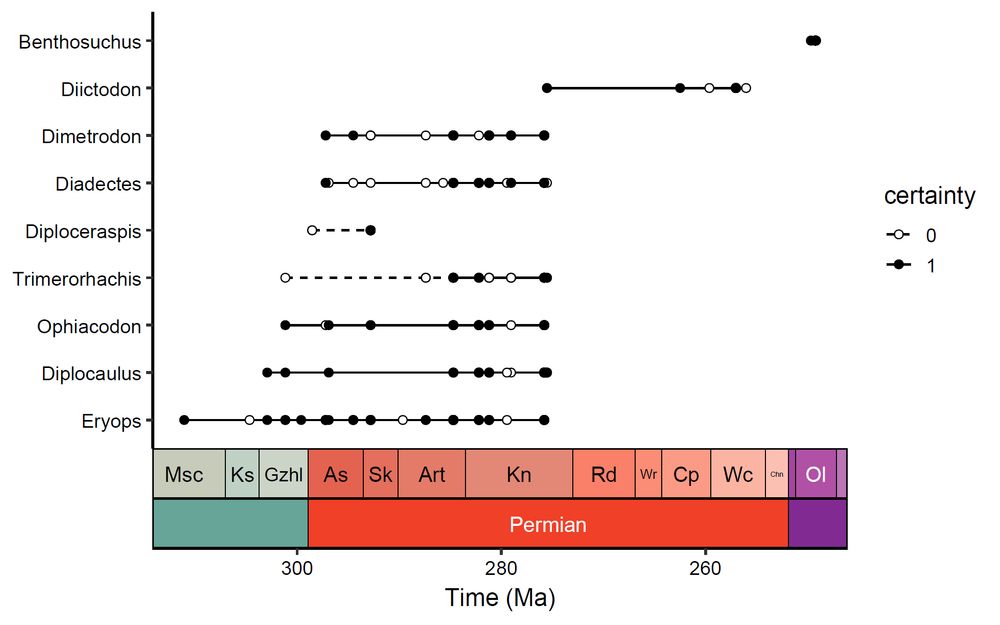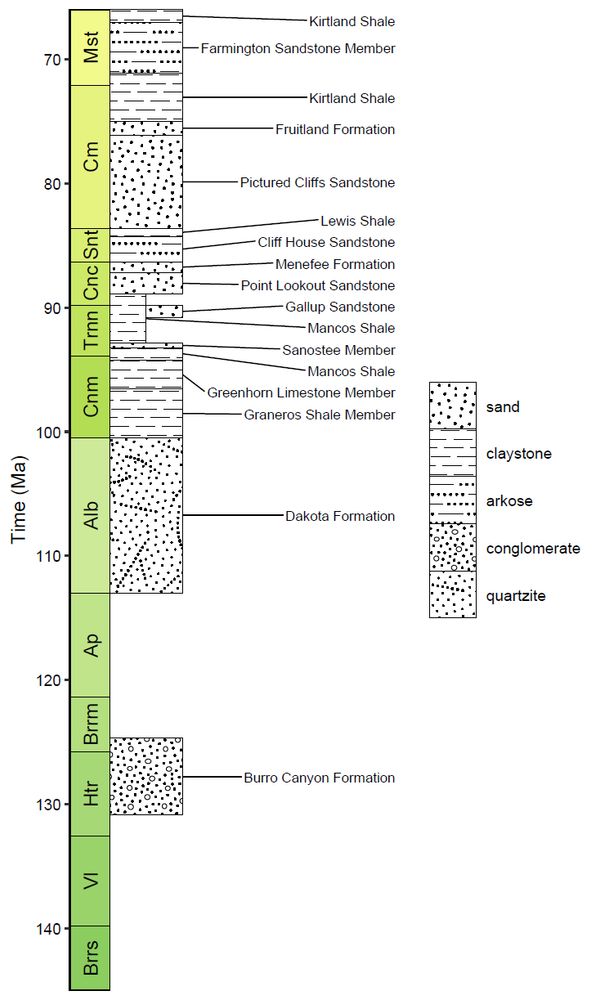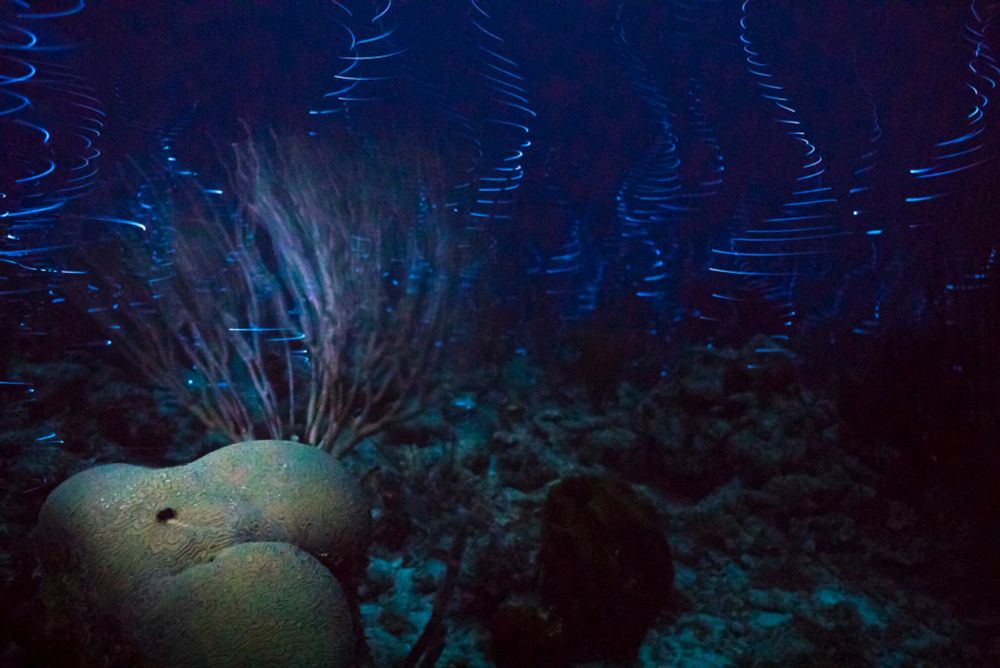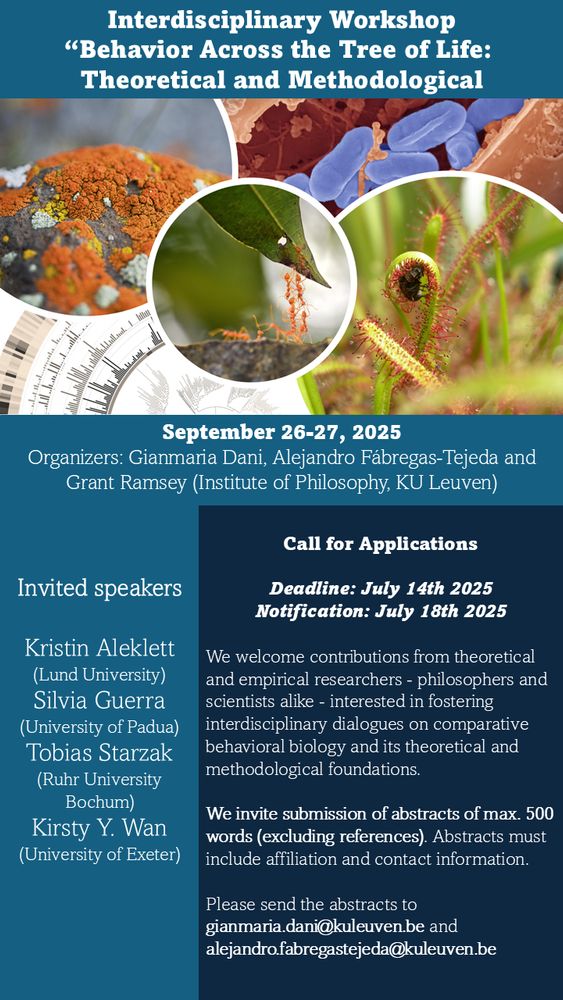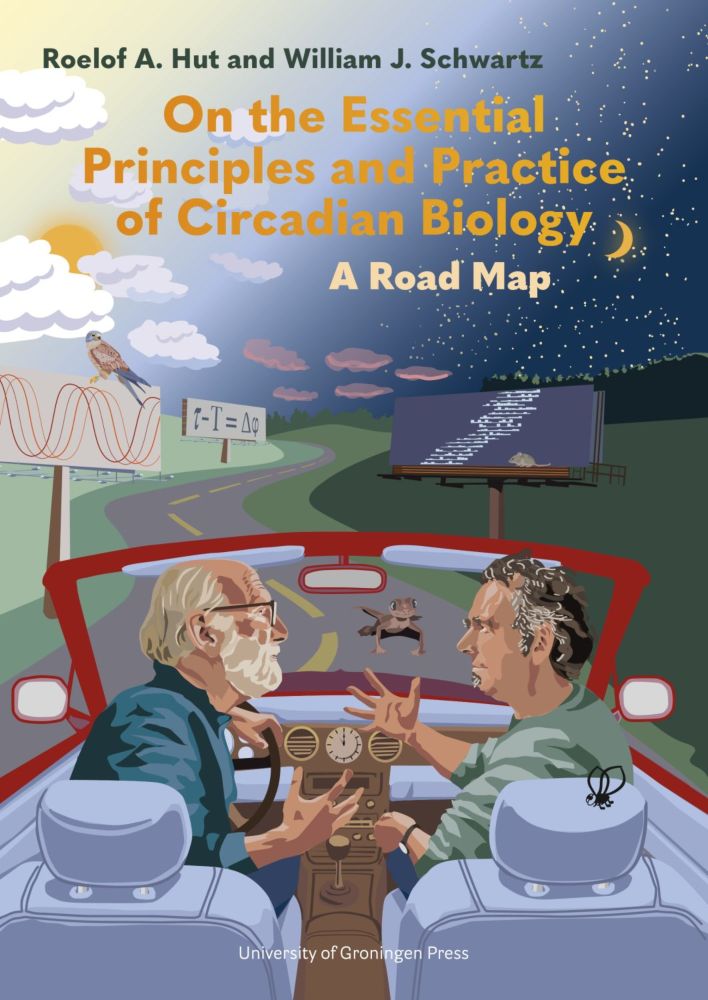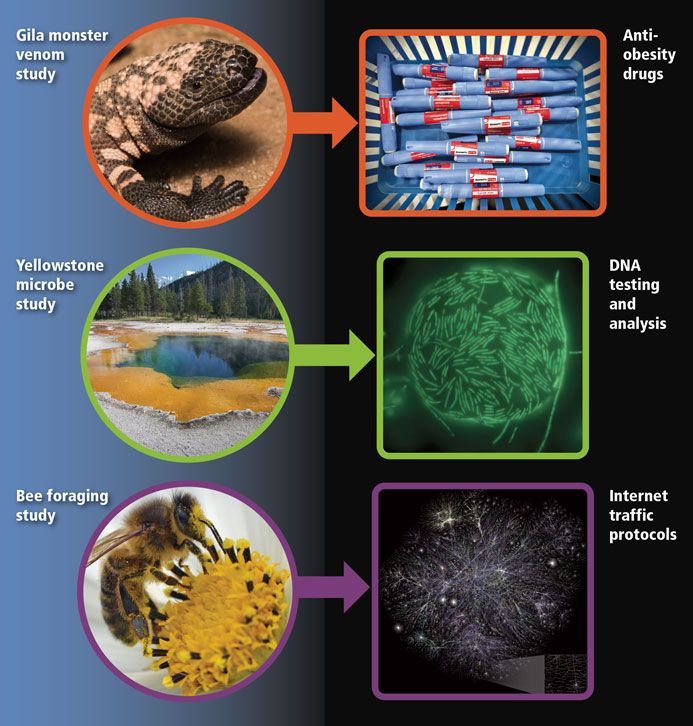Todd Oakley
@ostratodd.bsky.social
1.8K followers
1.7K following
200 posts
I am an evolutionary and marine biologist interested in how new structures and functions originate during evolution. Eyes, vision; photophores, bioluminescence. Macroevolution. Phylogenetics. Molecular Evolution. Integrative and Comparative Biology.
Posts
Media
Videos
Starter Packs
Todd Oakley
@ostratodd.bsky.social
· Aug 26
Axel Visel
@axelvisel.bsky.social
· Aug 19

JGI announces 2025 Functional Genomics awardees | Joint Genome Institute
This year's project goals range from engineering drought-tolerant woody bioenergy crops through transcriptional network mapping, developing microbial systems to convert renewable feedstocks into advan...
jgi.doe.gov
Reposted by Todd Oakley
Roberto Toro
@r3rt0.bsky.social
· Aug 24
Reposted by Todd Oakley
Bob Lynn
@boblynn.bsky.social
· Aug 19

Katherine Esau on Plant Anatomy, Electron Microscopy, and Why Foundational Science Matters: The Botanist Who Wrote the Book on Plant Life
Katherine Esau, Ukrainian immigrant who revolutionised plant biology, discusses her journey from sugar beet fields to pioneering electron microscopy. The definitive plant anatomist explains how her…
voxmeditantis.com
Todd Oakley
@ostratodd.bsky.social
· Aug 12
Todd Oakley
@ostratodd.bsky.social
· Aug 6

Application Guidelines — Guggenheim Fellowship — Guggenheim Fellowships: Supporting Artists, Scholars, & Scientists
Find detailed information on the application process for the Guggenheim Fellowship and learn how to submit your application for a grant.
www.gf.org
Reposted by Todd Oakley
Todd Oakley
@ostratodd.bsky.social
· Jul 20
Todd Oakley
@ostratodd.bsky.social
· Jul 20
Todd Oakley
@ostratodd.bsky.social
· Jul 20
Todd Oakley
@ostratodd.bsky.social
· Jul 20
Todd Oakley
@ostratodd.bsky.social
· Jul 20
Todd Oakley
@ostratodd.bsky.social
· Jul 20
Reposted by Todd Oakley
Reposted by Todd Oakley
Laurie Belcher
@lauriebelch.bsky.social
· Jul 16
Reposted by Todd Oakley
Reposted by Todd Oakley
Reposted by Todd Oakley
Joel Sharbrough
@jsharbro.bsky.social
· Jul 8
Reposted by Todd Oakley
Reposted by Todd Oakley
Rosa Fernández
@rosafernandez.bsky.social
· Jun 18

An episodic burst of massive genomic rearrangements and the origin of non-marine annelids - Nature Ecology & Evolution
An analysis of annelid genomes reveals massive reshuffling of chromosomes in the ancestral lineage leading to clitellates, a clade composed of non-marine annelids, with potential implications for the ...
www.nature.com
